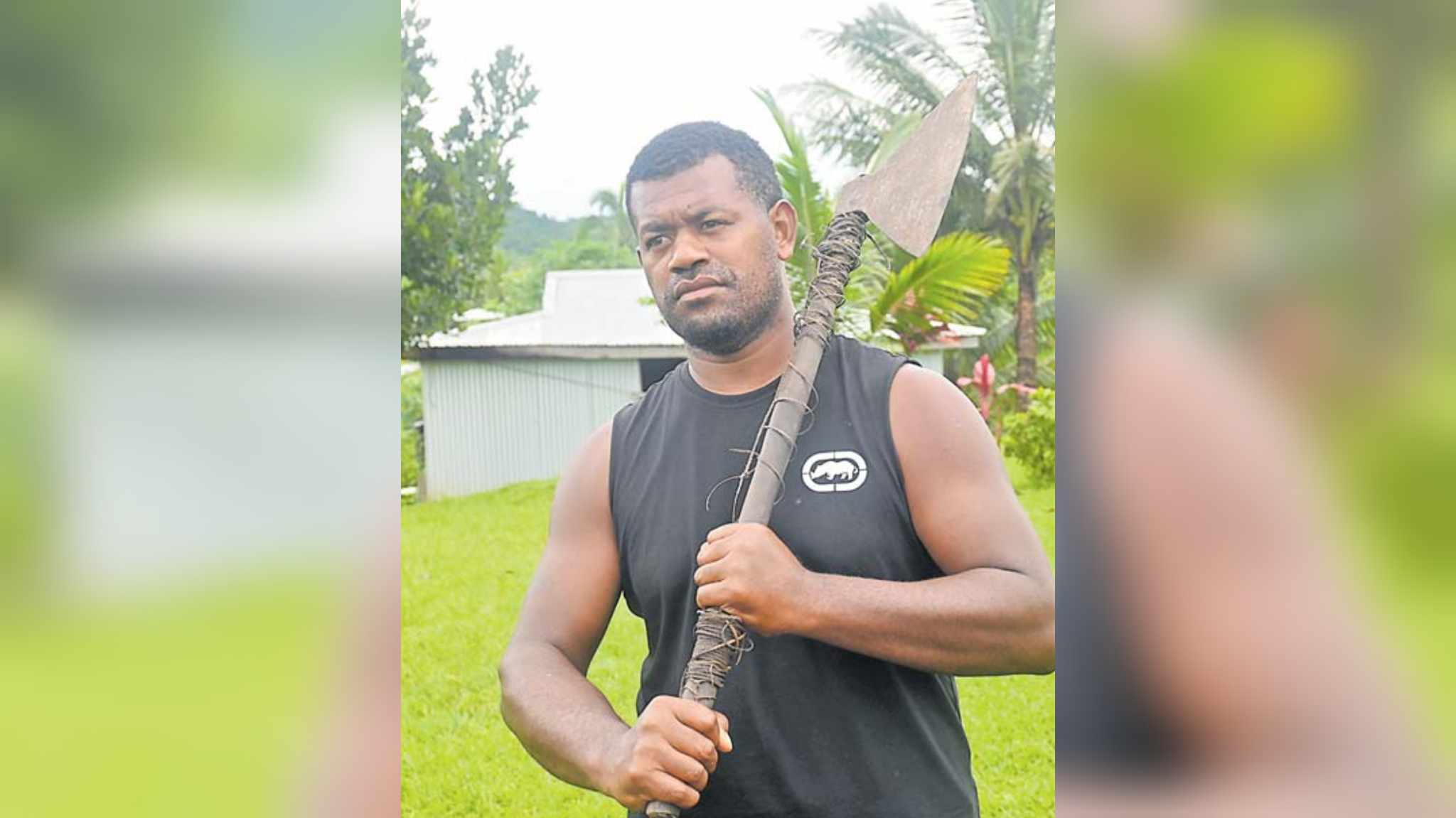Preserving historical artifacts helps us recognize and honour our rich and rare cultural heritage.
It also pays tribute to highly skilled men and women whose superb craftmanship transformed raw materials to living works of art, giving us a chance to share long gone experiences and pass on stories to the next generation.
Traditional artifacts, whether they be wooden, fabric or stone objects, are admired and sought after because of their unique oddities and rustic beauty.
Over time, they are things from the past that people consider, admire and draw inspiration from.
Unfortunately, cultural artifacts regardless of their origin, have for a long time been the victim of the illegal global trade in antiquities and illegal possessions of glass displays in some museums around the world.
There have been moves in the past to repatriate these exclusive treasures back to their rightful owners.
We know all too well the highly publicized story of the stolen ivory figurine called Radini Waimaro (Queen of the people of Waimaro), believed to have been smuggled out of Fiji by an art dealer.
The nine-inch artifact, considered priceless, was carved from whale’s toth and is the only one of its kind in Fiji. It is also believed to possess supernatural powers.
Authorities believe the figurine was sold after falling into the hands of an overseas art dealers.
According to a Fiji Museum paper, before its demise, the ivory goddess was in the hands of the traditional Waimaro priests in the village of Nabukaluka in the Naitasiri province.
In the highland village of Nukulau in Ra, far away from the clutches of artifact thieves and the lure of illicit trade in traditional items, a family has remained the honest custodians of four family heirlooms – an old club, a stone axe and two conch shells.
These antiquated articles have remained with the family of yavusa Naisogobuli member, Sakiusa Bulisuva, for over 100 years. “They were passed down to me by my father,” Sakiusa said.
“I do not know about the original owners of the traditional items but what I do know is that it was passed down by my great-great-grandfather to my great-grandfather then from my grandfather to my father.”
“Before my father passed away he asked me to keep the items and pass it on to my eldest son when the time was right. There is a possibility they may have been used during the war.”
Sakiua’s family treats the four artifacts with great respect.
They protect them as if their lives depended on them. The items are hung from a prominent place inside the house and never removed unless they need to be used during chiefly funerals and installations.
“During cyclone Winston, most parts of our home got destroyed but not the wall where the items were hanging,” Sakiusa recalled. “It’s as if they did not want to go and made a point to remain in the house.”
The two war tools in Sakiusa’s possession are a war club called vunikau vididrasa and a stone battle axe known as kia kava. The former belongs to a group of war clubs called mace-headed root clubs.
Because of their shape, they were used for crushing. In olden day Fiji, war clubs were neither too heavy nor too light. Historical records show this made them effective and easy to use during battles and at the same time, provided them with an “inflicting blow”.
Furthermore, each type of club was designed to specifically suit its user’s physical built, status in the community and personal taste, among other reasons.
Ceremonial clubs were largely heavier than war clubs because they were made for carrying on the shoulders and not for fierce fighting.
Because they were not used for crushing and striking, they had carvings on them using fine and intricate patterns.
Some were heavily decorated with inlaid bones and others – with “primitive decorative materials”.



